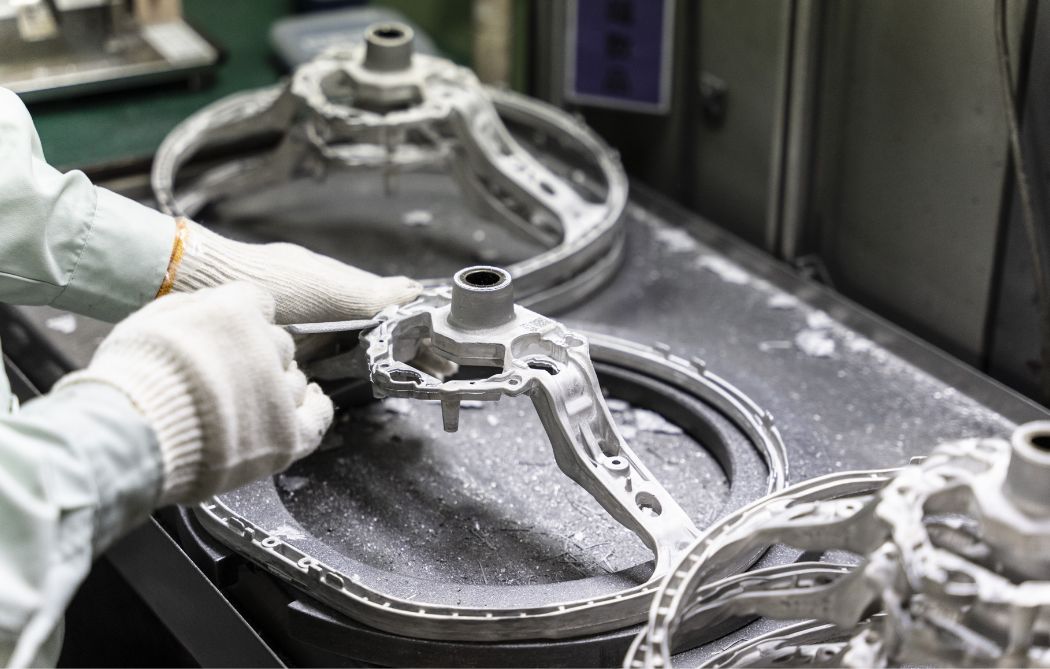NIHON PLAST
Since its founding in 1948, Nihon Plast has evolved into its current form through an extensive range of technological developments in everything from the raw materials at the core of the products to molding, processing, assembly, experimental development, and design.
We are committed to ongoing technological development as we reshape Nihon Plast to suit the future.











